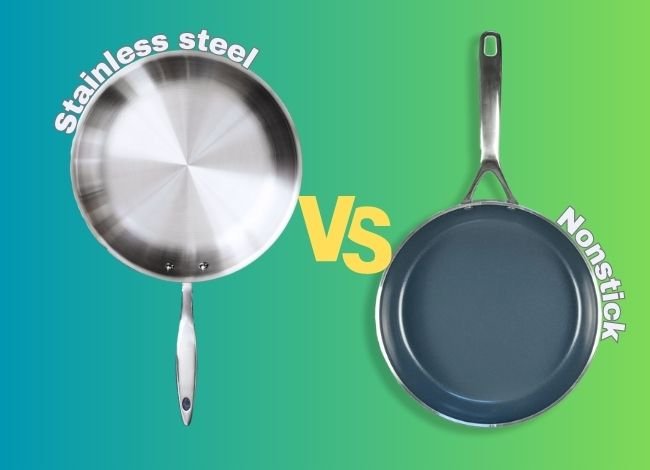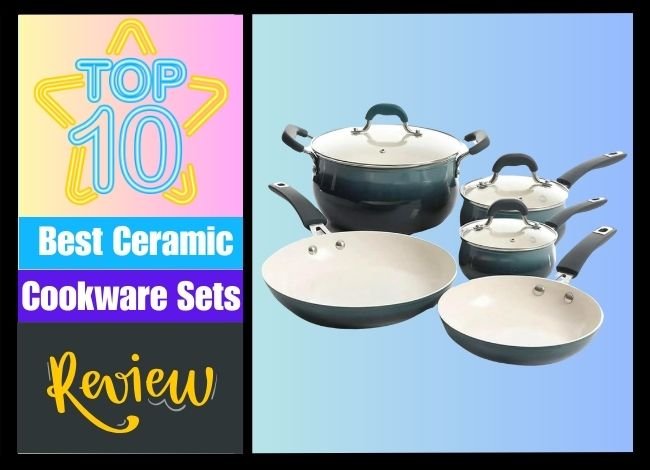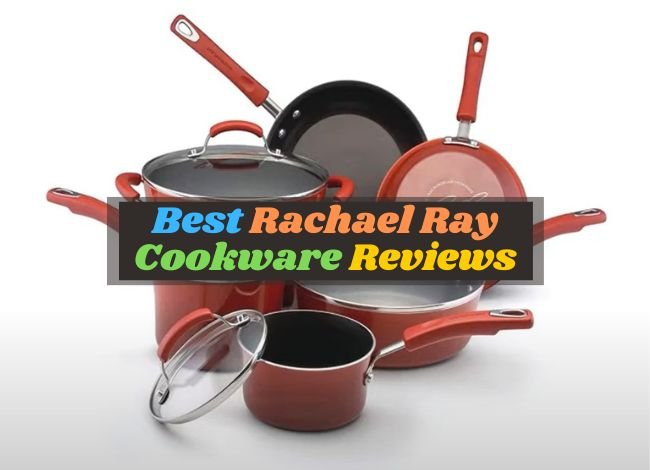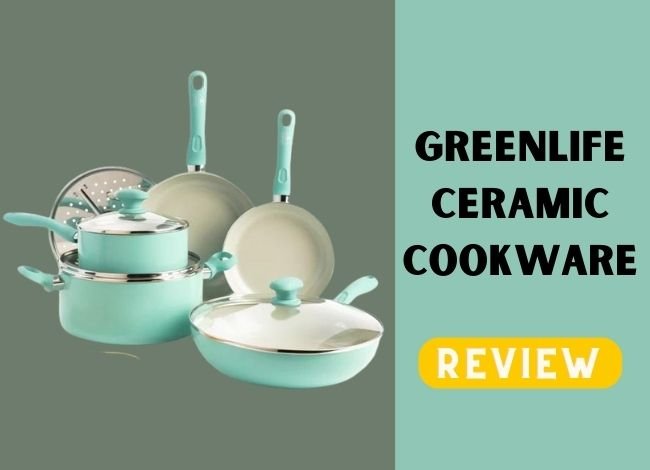Last Updated on January 10, 2024
When it comes to choosing cookware for your kitchen, one of the primary decisions you’ll need to make is whether to invest in stainless steel or nonstick cookware. Both types have their advantages and disadvantages, depending on your cooking needs and preferences. In this article, we will compare stainless steel and nonstick cookware to help you decide which option is better for your kitchen. We will also provide a comparison chart to highlight the key differences between the two.
Comparison Chart:
| Feature | Stainless Steel Cookware | Nonstick Cookware |
|---|---|---|
| Material | Stainless steel (often with aluminum or copper core) | Aluminum or other metals with a nonstick coating (e.g., PTFE, ceramic) |
| Heat Conductivity | Good to excellent (depending on the core material) | Moderate to good |
| Durability | Highly durable, resistant to scratches and dents | Less durable, prone to scratches and wear |
| Nonstick Performance | Requires oil or fat for nonstick cooking | Inherently nonstick, requires little to no oil or fat |
| Cooking Techniques | Suitable for a wide range of techniques, including high-heat cooking | Best for low to medium-heat cooking, not suitable for high-heat cooking |
| Maintenance | Requires proper cleaning and occasional seasoning | Easy to clean, not suitable for metal utensils |
| Oven Safe Temperature | Generally higher, up to 500-600°F (260-316°C) | Lower, typically up to 350-500°F (175-260°C) |
| Dishwasher Safe | Usually dishwasher safe | Varies, some may not be dishwasher safe |
| Induction Compatible | Yes, if the base is made of magnetic stainless steel | Yes, if the base is induction compatible |
| Price | Varies, generally more expensive | Varies, generally more affordable |
| Lifespan | Longer lifespan, can last for decades | Shorter lifespan, may require replacement every few years |
Stainless Steel Cookware:
Stainless steel cookware is known for its durability, versatility, and excellent heat conductivity. This type of cookware is typically made of stainless steel with an aluminum or copper core, which allows for good to excellent heat distribution. Stainless steel is non-reactive and can withstand high temperatures, making it suitable for a wide range of cooking techniques, including searing, sautéing, and browning.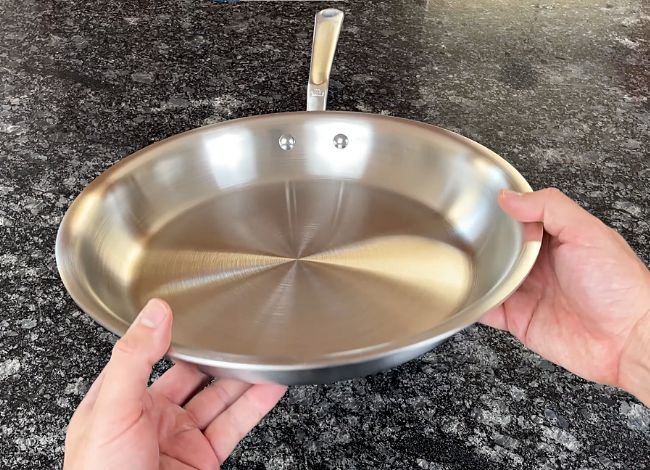
The main downside of stainless steel cookware is that it is not inherently nonstick, which means that you’ll need to use oil or fat to prevent food from sticking to the surface. Additionally, stainless steel cookware can be more expensive than nonstick options and may require occasional seasoning to maintain its performance.
Nonstick Cookware:
Nonstick cookware is designed with a nonstick coating (such as PTFE or ceramic) that makes it easy to cook with little to no oil or fat. This type of cookware is perfect for low to medium-heat cooking techniques, such as frying eggs, pancakes, or cooking delicate foods that might stick to stainless steel. Nonstick cookware is also typically more affordable than stainless steel options and is easier to clean.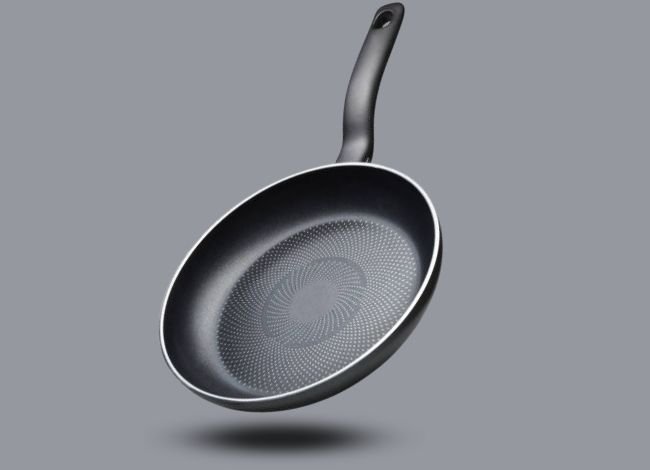
However, nonstick cookware is generally less durable than stainless steel cookware, with a shorter lifespan due to the potential for scratches and wear on the nonstick coating. It is also not suitable for high-heat cooking techniques, as the nonstick coating can break down and release toxic fumes if overheated. Lastly, not all nonstick cookware is dishwasher safe, and using metal utensils can damage the nonstick surface.
Conclusion:
In conclusion, choosing between stainless steel and nonstick cookware ultimately depends on your specific cooking needs, preferences, and budget. Stainless steel cookware is an excellent choice for those who value durability, versatility, and high-heat cooking capabilities. However, it requires proper maintenance and oil or fat use for nonstick cooking.
Nonstick cookware is ideal for those who prioritize easy food release and minimal cleanup and low to medium-heat cooking techniques. However, it is less durable than stainless steel and not suitable for high-heat cooking.
To make the most of both types of cookware, consider investing in a combination of stainless steel and nonstick pieces. You can use stainless steel cookware for high-heat cooking and browning, while reserving nonstick pans for delicate foods and low to medium-heat cooking tasks. This way, you can enjoy the benefits of both types of cookware and create a versatile and efficient kitchen setup.
Related Article:
- All-Clad vs. 360 Cookware (20 Key Differences)
- Heritage Steel pans vs. All-Clad (Which Cookware Is Better?)
- All-Clad vs. Heritage Steel: Which Cookware Is Better?
- 3-Ply vs. 5-Ply Cookware (The Real Difference)
- All-Clad D3 vs. D5: Which Stainless Steel Cookware Is Better?
FAQs
Question: Can you explain how stainless steel pans differ from nonstick ones?
Answer: Stainless steel cookware is known for its durability and excellent heat conduction. It’s ideal for searing and browning foods. Nonstick cookware, on the other hand, has a coated surface that prevents food from sticking, making it great for low-fat cooking and easy clean-up.
Question: I’ve heard some concerns about nonstick coatings. Are they safe?
Answer: Modern nonstick cookware is generally safe as long as it’s used correctly. Avoid overheating empty nonstick pans, and use wooden or silicone utensils to prevent scratching the surface.
Question: Will metal utensils scratch stainless steel pans?
Answer: Stainless steel is highly durable and resistant to scratching, so you can safely use metal utensils without worrying about damage.
Question: What’s the best way to clean my stainless steel pans?
Answer: Stainless steel cookware can be cleaned with warm, soapy water. For tough stains, a mixture of vinegar and water or a non-abrasive cleaner can be used.
Question: How long does nonstick cookware typically last?
Answer: The lifespan of nonstick cookware varies based on usage and care, but generally, it can last between 3 to 5 years.
Question: Can I put my stainless steel cookware in the oven?
Answer: Most stainless steel cookware is oven-safe, but it’s best to check the manufacturer’s recommendations for temperature limits.
Question: Is it okay to use high heat when cooking with nonstick pans?
Answer: It’s advisable to avoid high heat with nonstick pans as it can damage the coating and release harmful fumes. Medium to low heat is recommended.
Question: Are there any types of food I shouldn’t cook in my nonstick pan?
Answer: Avoid cooking very high-temperature foods, like steak, in nonstick pans. These are better suited for stainless steel due to the high heat needed for proper searing.
Question: Is stainless steel cookware more expensive than nonstick?
Answer: The price varies widely based on the brand and quality. In general, high-quality stainless steel can be more expensive than nonstick, but there are options available at various price points for both.
Question: What should I do if the nonstick coating on my pan starts peeling?
Answer: Once the nonstick coating begins to peel or wear off, it’s best to replace the cookware. There are no safe and effective ways to repair the coating.
Question: Do I need to season my stainless steel cookware like cast iron?
Answer: No, stainless steel cookware does not require seasoning. It’s ready to use after a simple wash.
Question: Are stainless steel and nonstick pans compatible with induction cooktops?
Answer: Not all stainless steel and nonstick cookware is compatible with induction cooktops. Look for cookware labeled as induction-compatible.

